
Soil Health & Fertilization
We unite suppliers and green industry professionals worldwide
If you're in search of a tough grass that remains green for longer and possesses better heat tolerance than any other cool-season variety, then Tall Fescue Grass could be the perfect solution for your lawn.
By Victor Miller
|Published on June 12, 2025
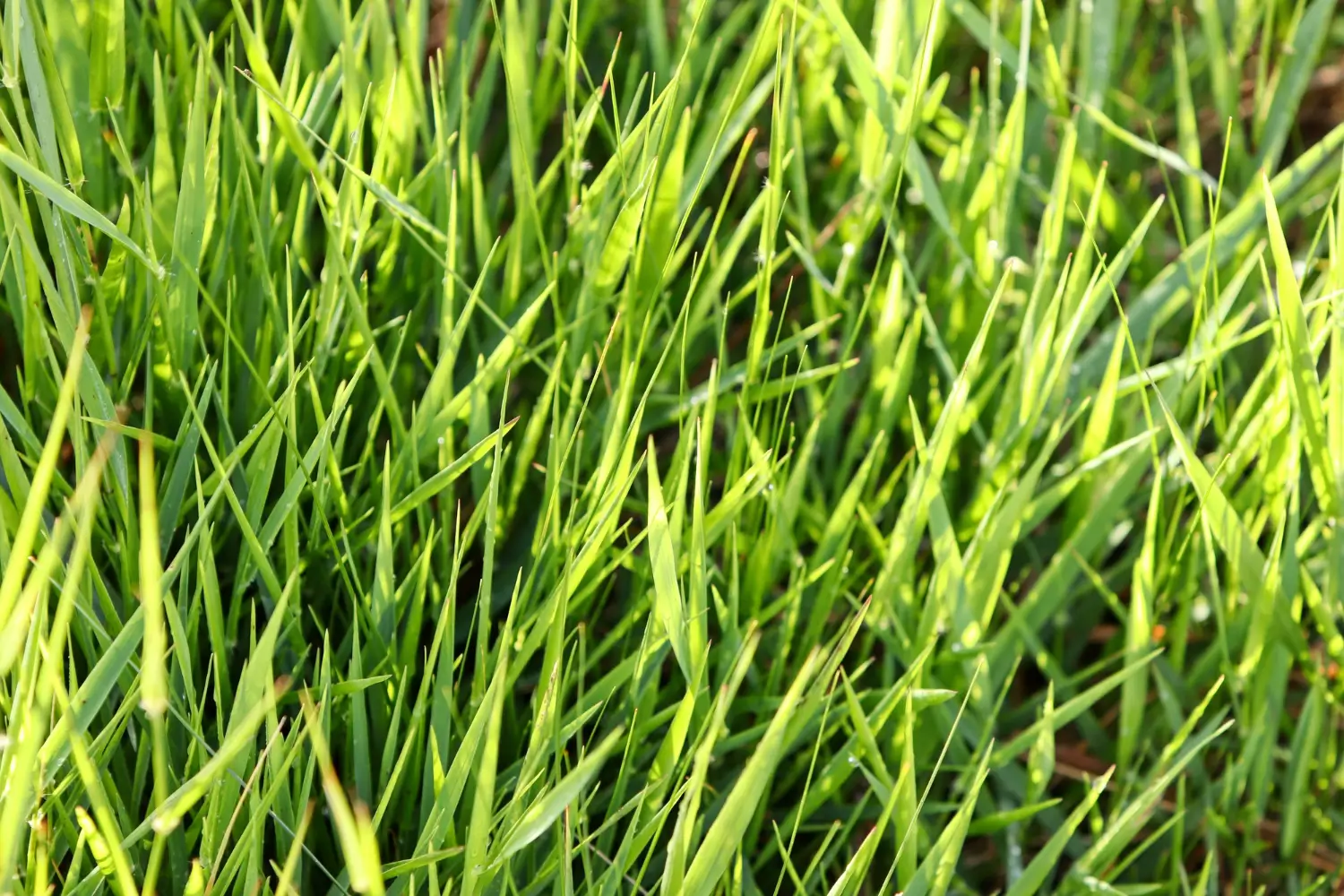

“Is it possible to have a lush lawn and low maintenance?
If you're in search of a tough grass that remains green for longer and possesses better heat tolerance than any other cool-season variety, then Tall Fescue Grass could be the perfect solution for your lawn. Characterized by a coarse texture, deep root system and year-round attractive appearance in many climates, this grass seamlessly combines beauty and utility.
Tall Fescue (Festuca arundinacea) is cool-season perennial grass native to Europe species but extensively used across the US and several other countries. It's prized for its adaptability to a range of soil conditions and climates, and is particularly favored in transition zones where warm-season nor cool-season grasses thrive exclusively. Whether grown from seed or sod, it establishes quickly and provides a tough, traffic-tolerant turf for home lawns, parks, sports fields, and roadsides.
| Common Name | Tall Fescue |
| Botanical Name | Festuca arundinacea |
| Plant Type | Cool-season grass |
| Height/Spread | 2–3 feet when unmowed; 1.5–4 inches when maintained |
| Sunlight requirements | Full sun to partial shade |
| Soil | Tolerates a range of types, just well drained and fertile. |
| Watering needs | Moderate; deep, but not too frequent watering ideal |
| Bloom Season | Spring (seedheads will show if not mowed) |
| Hardiness Zones | USDA 3–8 |

September 25, 2025
9 minute read
September 24, 2025
9 minute read
September 23, 2025
10 minute read
September 22, 2025
9 minute read


Join as a seller and connect with thousands of B2B buyers nationwide!
Sign Up
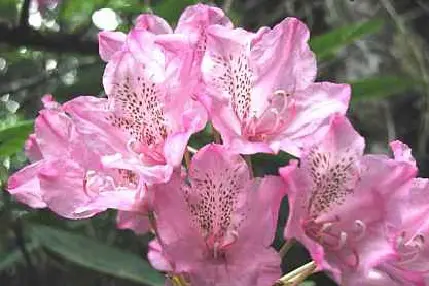
Pacific Rhododendron
The Pacific Rhododendron is the demonstration of natural beauty.This large-leaved rhododendron offers striking pink to rosy-purple blooms that light up shady corners of the landscape each spring.
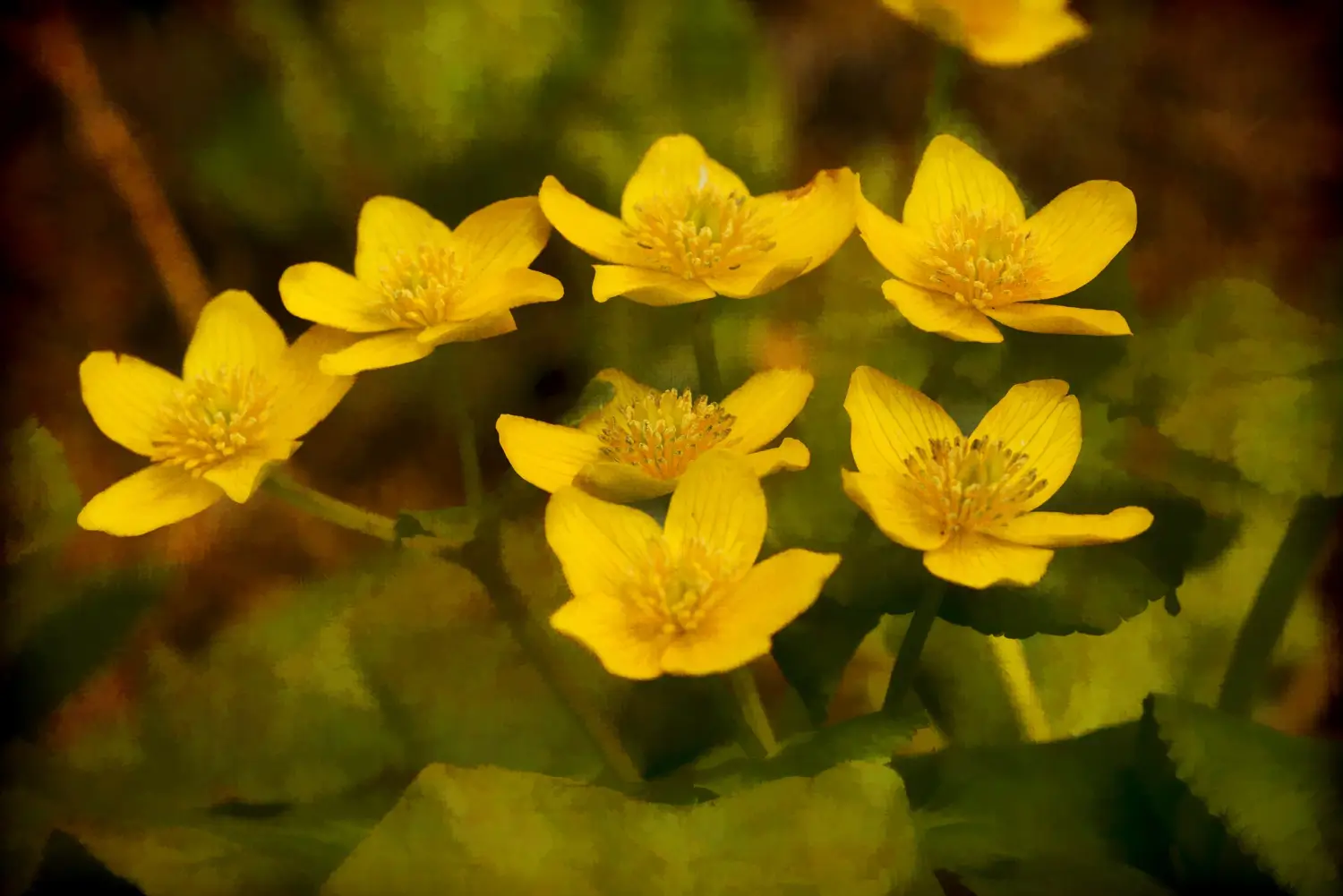
Sagebrush Buttercup
That’s the quiet beauty of the Sagebrush Buttercup (Ranunculus glaberrimus). As delicate as it looks, this little perennial is tough, adapted to the rugged rhythms of high desert life.
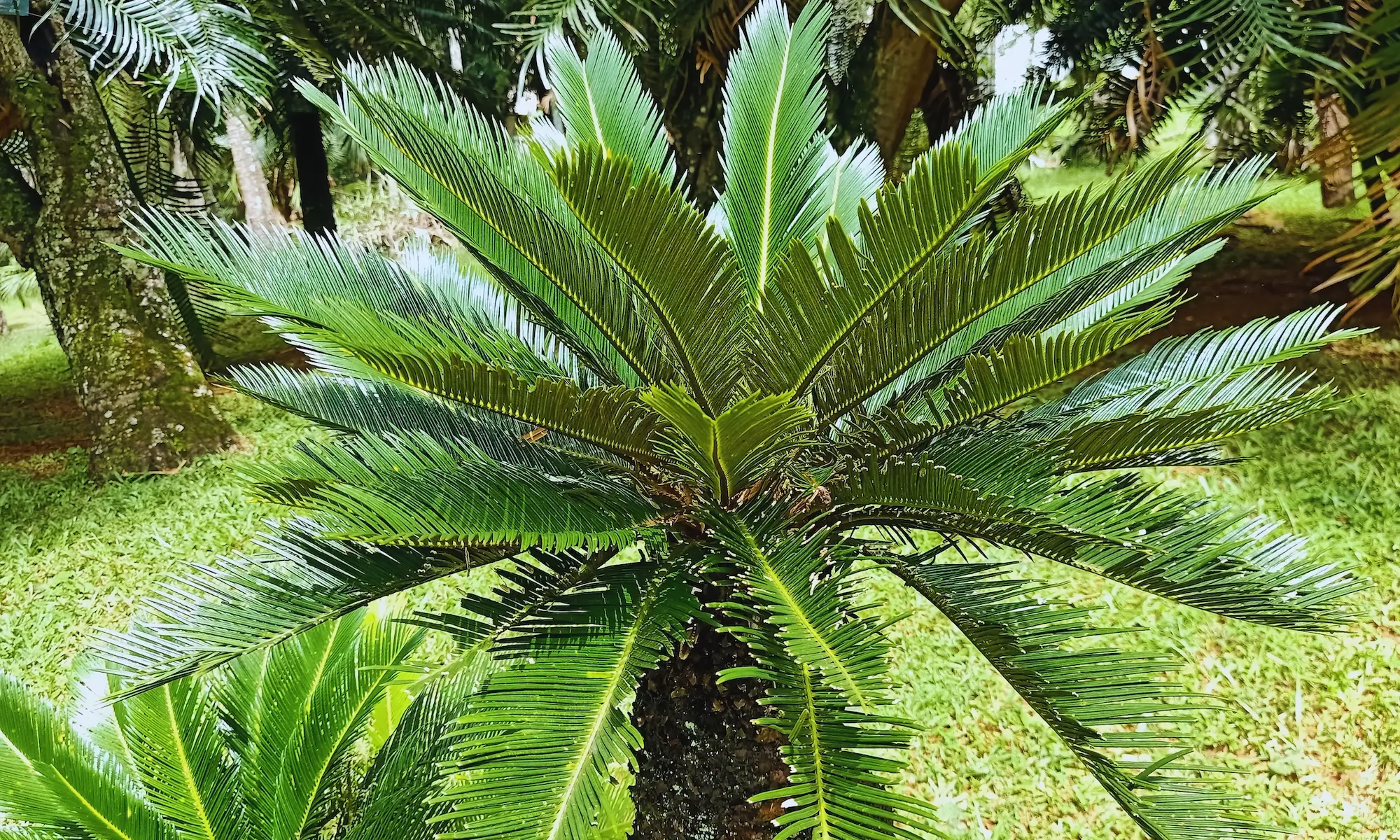
Sago Palm
Meet the Sago Palm — a prehistoric wonder that adds dramatic, architectural interest to any space
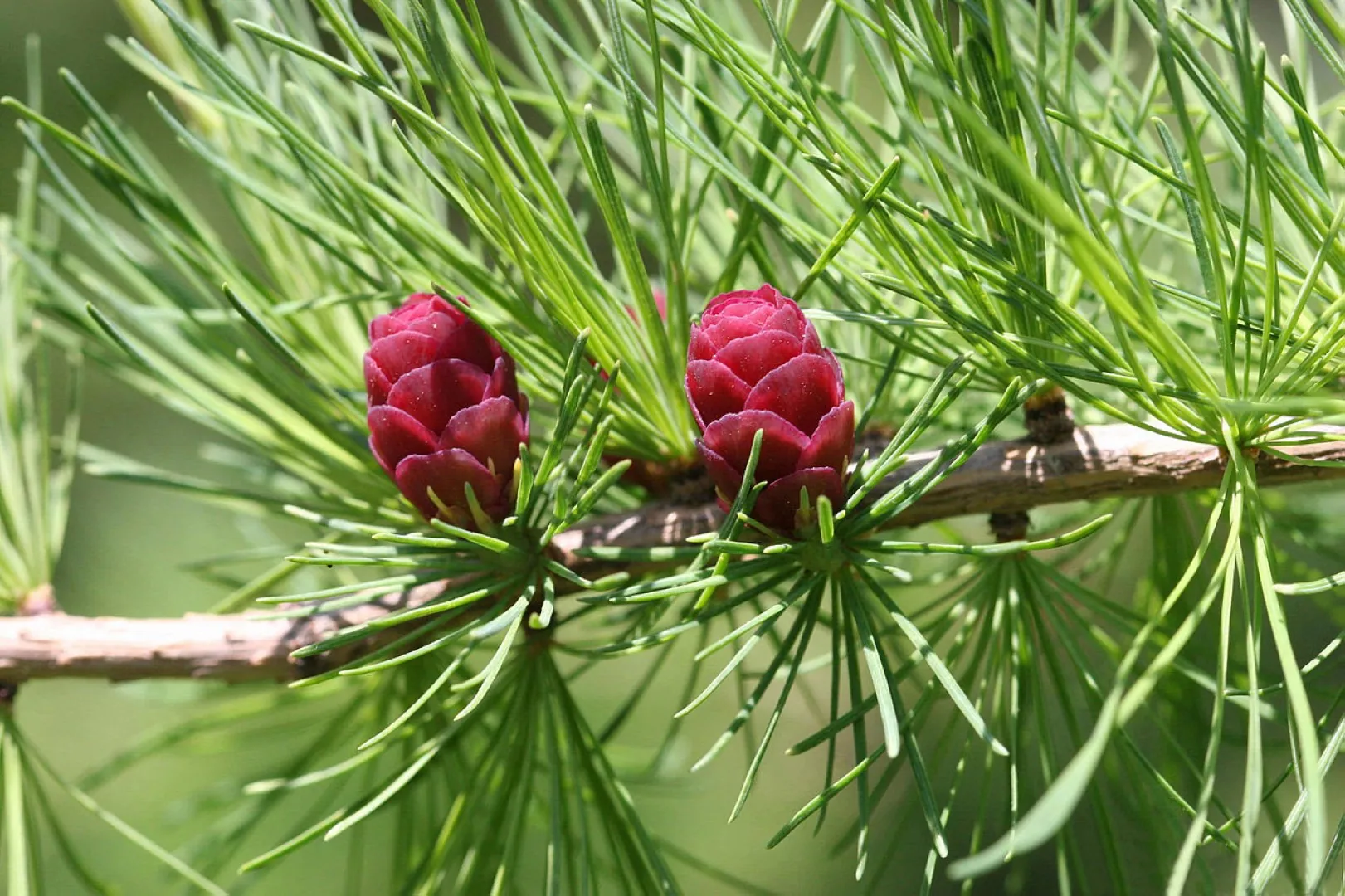
Tamarack
Unlike its evergreen relatives, Tamarack is a deciduous conifer that loses its soft, green needles each fall by ending the season in a radiant display of golden yellow
Tall Fescue has a deep root system, which provides it exceptional drought tolerance compared to cool season grasses such as Kentucky bluegrass. It loves sun to partial shade and moderate moisture with excellent drainage. It doesn’t spread aggressively by stolons or rhizomes but grows in clumps, which gives it a more upright appearance.
Newer turf-type types have a finer texture, increased density, and excellent disease resistance — making them ideal for residential lawns. It’s also a good choice for erosion-prone areas and slopes where water retention is limited.
Tall Fescue is a full sun loving grass but is more shade-tolerant than most cool-season grasses. A minimum of 4–6 hours of sunlight each day is ideal. In densely shaded areas, growth may thin, so overseeding can help maintain a healthy lawn.
It does best in loamy, rich soil but is tolerant of clay, sand or rocky soil as long as there’s good drainage. A pH of slightly acidic to neutral (6.0–7.0) is recommended. Improve poor soils with compost or organic matter before planting.
Deep watering less frequently will establish a deep, healthy root system.Water 1–1.5 inches per week, including rainfall. It's better to water less often but more deeply to avoid shallow root development. During hot spells, some browning may occur, but Tall Fescue usually rebounds well with proper care.
Tall Fescue is easily established from seed, but you can buy sod for an instant lawn. It does not spread laterally like some grasses, so overseeding is important for maintaining a dense lawn.
To propagate by seed:
Over time, overseeding every couple of years helps maintain density and fill in gaps.
Tall Fescue isn’t typically grown in containers, but for demonstration lawns or decorative use, it can be grown successfully in pots:
In most regions, Tall Fescue is cold-hardy and doesn’t need special winter care. Here’s what you can do to help your lawn keep its health through those dormant months:
The spring green-up is pretty normal as the temperatures rise and watering begins.
When not mowed, Tall Fescue sends up slender, upright seedheads in spring and looks like a meadow. In maintained lawns, mowing inhibits seedhead production, but in naturalized or unmowed areas, blooming contributes to seed propagation and attracts some wildlife.
Although generally a hardy variety, Tall Fescue can run into some problems:
Tall Fescue Grass provides a practical solution to many lawn challenges. It’s deep roots, damage-resistant, and little watering requirements, make it the most common type of grass in the U.S., especially in the challenging transition zone.
Whether you are establishing a new lawn or rejuvenating an existing one, you can trust Tall Fescue to deliver a dark green look with a fine texture. By providing a little attention and routine care, it will repay you with a thick, green carpet that can withstand the heat, endure the cold and stand up to life's everyday traffic.
Every 1–2 years, particularly if your lawn shows thinning or damage from traffic or weather.
Yes, it’s frequently mixed with Kentucky bluegrass or perennial ryegrass for durability, appearance and spread.
Yes, it’s pet-safe and holds up fairly well to moderate traffic.
In mild winters, yes. It may go dormant in colder climates but generally greens up early in spring.

Soil Health & Fertilization
Victor Miller

Pest Identification & Prevention
Victor Miller

Lawn Care Tips & Maintenance
Victor Miller

Soil Health & Fertilization
Victor Miller

Smart Irrigation Systems
Victor Miller

Patios, Walkways & Driveways
Victor Miller

Soil Health & Fertilization
Victor Miller

Pest Identification & Prevention
Victor Miller
My Account
Our team is always here to help.
We are open Monday - Friday, 9:00 AM to 4:30 PM PST.